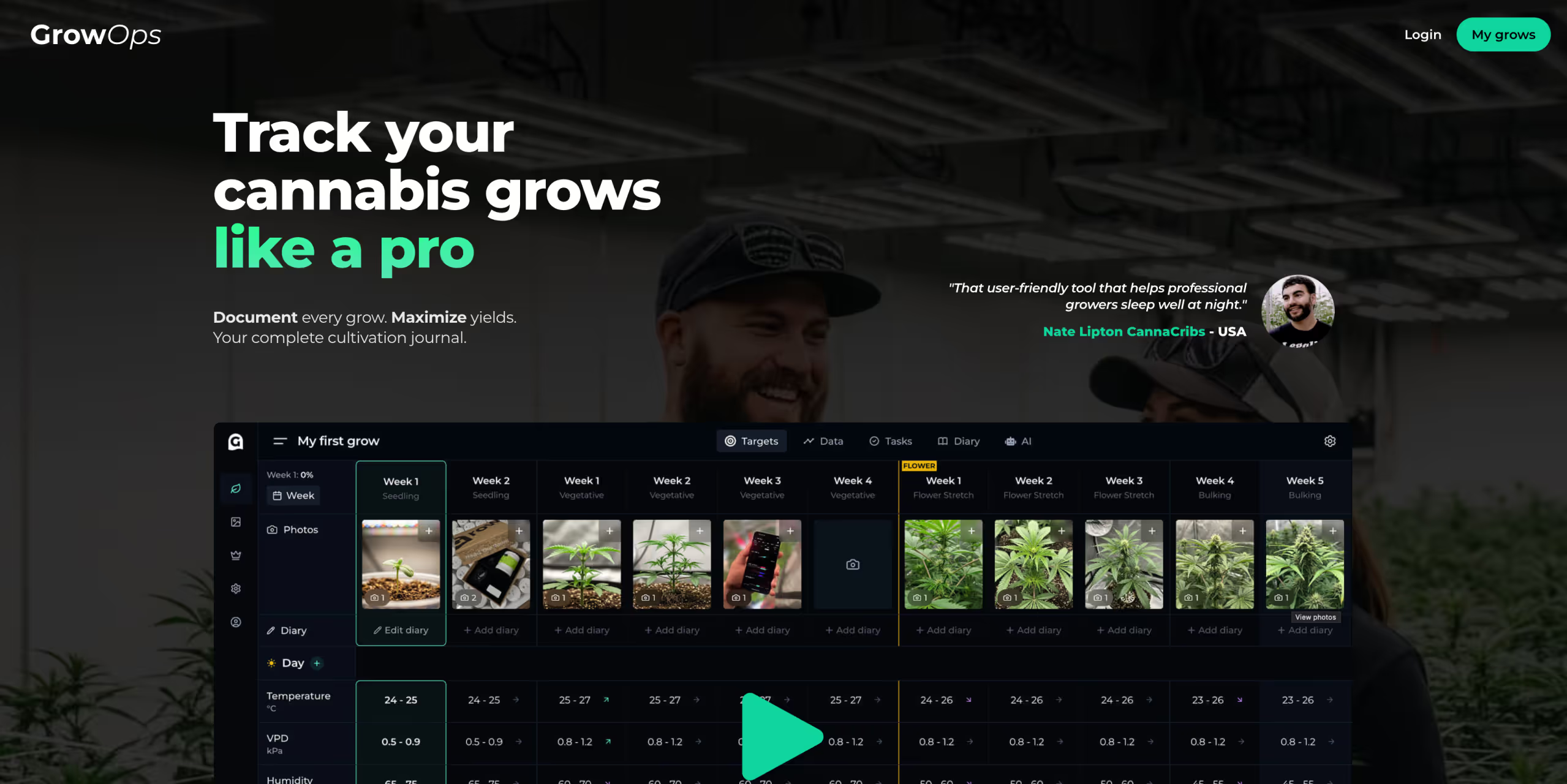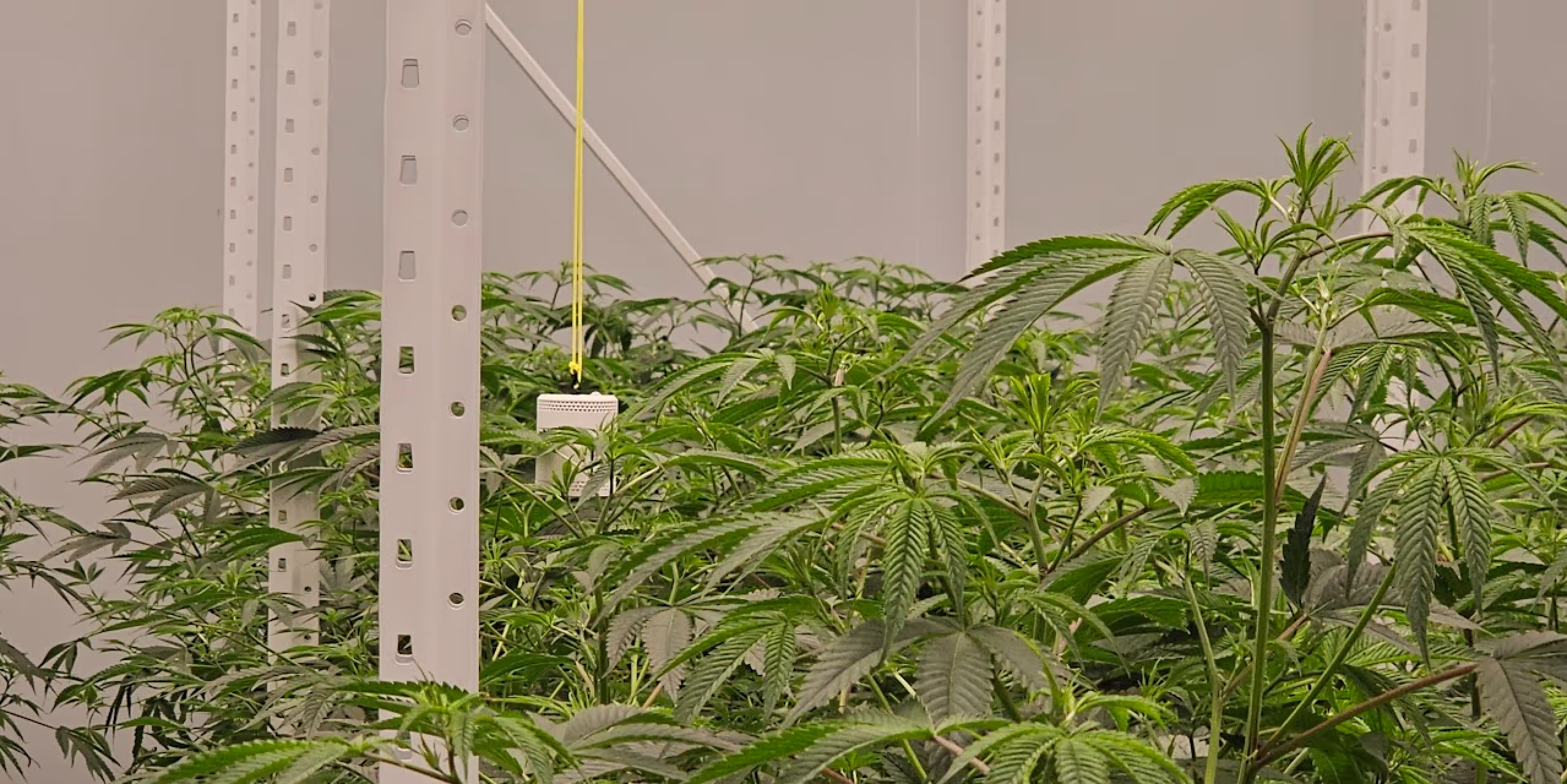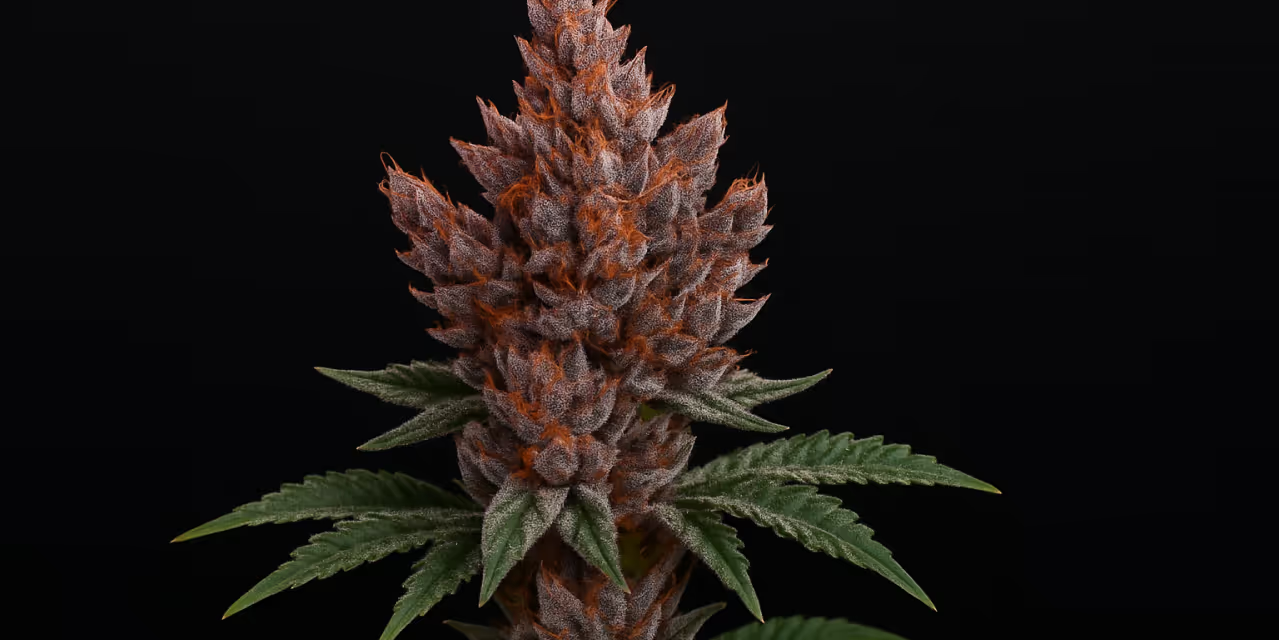What is the ideal temp and humidity for a grow tent? (Part 1)


One of the first things you learn when you begin growing indoors is that temperature and humidity are THE keys to growing the best quality plants.
That inevitably leads you on to asking yourself “what is the ideal temp and humidity for a grow tent?” 🤔
That’s a BIG question! (So big this post is split into 2 parts!)
And it’s a question you’ll come back to time and time again on your growing journey. Rightfully so, because the answer is: …well… that depends.
The moving target of that answer can be frustrating, but don’t worry. We’ll get the ideal temp and humidity for a grow tent (relating to cannabis cultivation) nailed down for you in this two part post.
Disclaimer: Any information given on this site is for educational purposes only. Please ensure if you’re growing cannabis you’re doing so in accordance with the law and subject to appropriate permissions and licenses of the applicable country.
Right, let’s dive into part one of learning about the ideal temp and humidity for a grow tent. Nip sub optimal conditions in the bud now to save you stress and potential problems later down the line.
So, what is the ideal temp and humidity for a grow tent?
Throughout the life cycle of your plants, the ideal temperatures in your grow tent could range from 15°C to 28°C and ideal humidities from 40% to 80%… A bit vague eh?
That’s because actually, there’s no one size fits all answer to that, and here’s why… The ideal temperature and humidity in your grow tent will vary depending on:
- What stage of growth your plants are in.
- What plant or species you’re growing.
- Whether it’s day or night time.
But you came here for a straight answer right…? 😉
Ok, the straightest answer I can give, is that you really need to check out our ultimate VPD calculator and environmental timeline. And when you do, you’ll understand why this is that best answer!
I’ll come back to our environmental calculator (and how it’ll be of immense value to you later,) as we dive deeper into the ideal temp and humidity for grow tents, but for now, I’ll keep moving.
To be able to create an ideal environment, you first need to be accurately measuring temperature and humidity.

Measuring temperature and humidity in your grow tent.
To be able to begin to manage the environmental conditions inside your grow tent, you’ll need a few inexpensive and simple to use tools, to take measurements.
At the simplest end of the spectrum, the tools you choose to measure your environmental conditions could be a thermometer and hygrometer.
Or, if you’re really looking to get granular. and dig into the data to optimise your grow tent like a pro, whilst saving time and effort… You could use a grow room monitor like ours, to track the temperature and humidity inside your grow tent in real time.
Once you’ve got the equipment you need to take accurate measurements of your environment, you can start making changes. Temperature and humidity are the two most important dials you can turn to optimise your set up.
When you closely monitor temperature and humidity, you’ll discover that there’ll always be variations and fluctuations of both in your grow tent. That’s totally normal.
These variations can affect your whole grow space or just smaller pockets within your grow room. Fluctuations can also happen at certain times of day or night or throughout certain seasons as the environment outside your grow tent changes.
Cannabis, (just like every other type of plant,) has a preference for very specific environmental conditions. Which is why it’s so important that you’re consistently taking temperature and humidity readings.
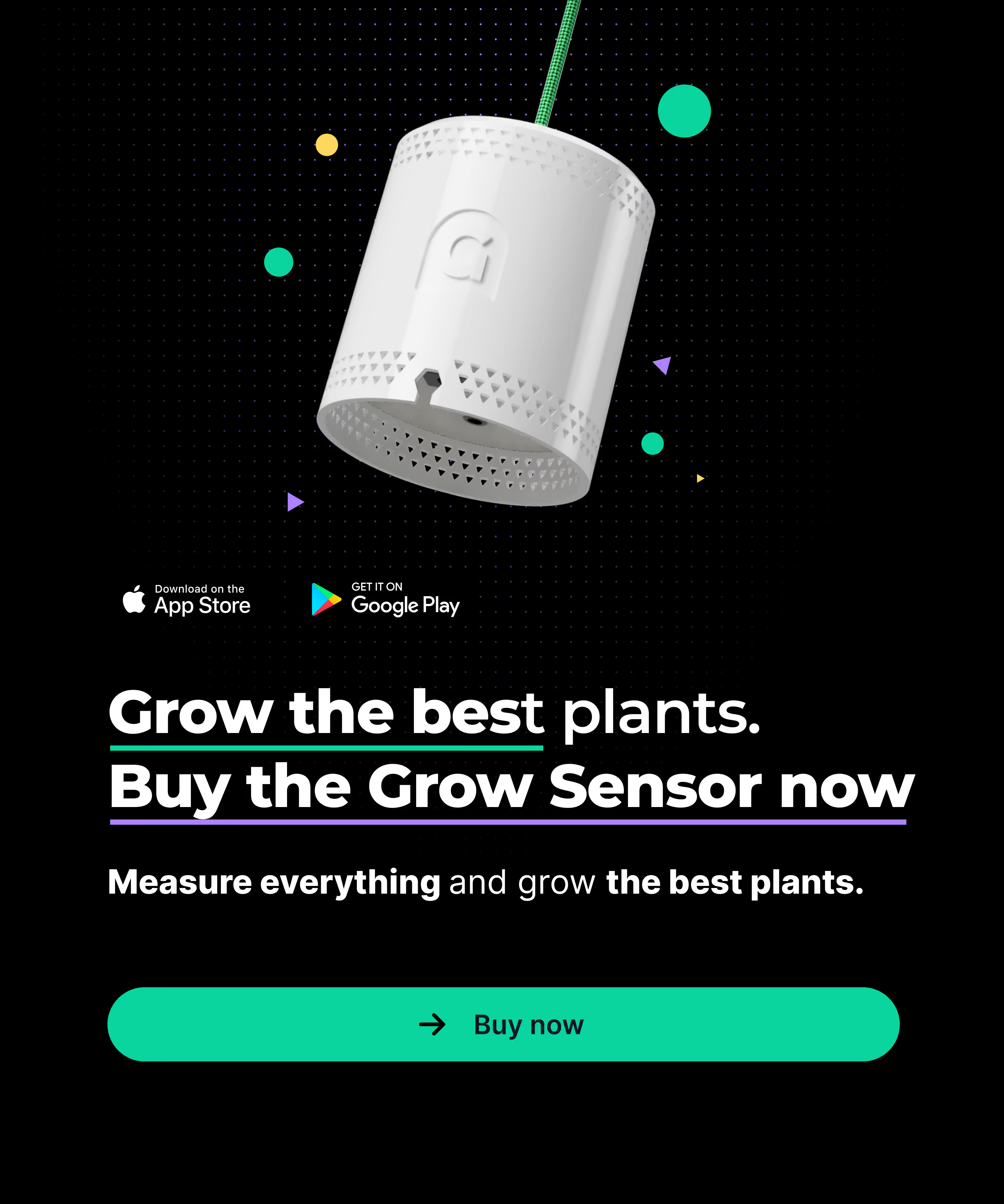
Your measurements vs the ideal temperature & humidity for a grow tent.
Once you know what temperatures and humidities you’re working with, you’re over the first hurdle. The second piece of the puzzle is comparing your measurements against the recommended ideal measurements. (I’ll cover what those are and when, below.)
The next step is making an action plan to start moving your readings in the right direction. Then the last and ongoing task on your list will be measuring and repeating the process until you reach an environment that you can maintain, that works for both you and your plants. 🌿
The rewards for all that hard work? When you provide the plants you’re growing with exactly what they need, they’ll thrive. Stronger, healthier plants produce better quality and higher yields.
The biggest benefit to growing indoors is that you get to have a high level of control over your grow tent environment. You can influence and tweak your grow space and tailor it to the exact needs of the plants you’re growing.
If you’re not taking advantage of the opportunity that growing indoors gives you, you’re letting all the benefits pass you by.
If you’re newer to growing indoors, trying to maintain independent temperature and humidity readings is going to give you the runaround. This is because temperature and humidity are intrinsically linked.
When temperatures increase, humidity decreases and vice versa and the reason why, is something called vapour pressure deficit (VPD.)

What’s vapour pressure deficit?
We’ve got a bank of useful resources on VPD but for the purposes of this post I’m just going to cover it at a top level here.
Vapour pressure deficit (or vapour pressure differential) is the differentiation between the level of humidity inside one of your plants’ leaves (that’s 100%) and the level of humidity surrounding the leaf in the grow tent.
When the environment outside the leaves of your plants is dry, the leaves transpire. This releases water vapour out through the stomata as your plants try to equalise the pressure both inside and outside the leaves. VPD tells you “how comfortable your plants are” or conversely how stressed they are.
The temperature and humidity (and therefore the VPD) inside your grow tent affects your plant’s key processes:
- It controls stomatal opening.
- Dictates the rate at which your plants can take up CO2.
- Regulates how fast or slow plants transpire.
- Governs how much nutrients the roots of your plants are able to take up.
- Affects how stressed your plants are.
When you strive to stay within a VPD range vs trying to stay at both the ideal temperature and humidity for your grow tent you can really start to dial in your grow space.
Don‘t worry, as long as you’ve got those temperature and humidity readings, you can easily work out your VPD using our ultimate VPD chart and Environmental calendar.
And if you want to find out how to use a VPD chart to grow the best plants, follow the link to check out our previous post.
So onto the ideal temp and humidity for a grow tent…
Plants have evolved to be resilient and can survive at a range of different environmental conditions – just like people.
But there are ideal conditions that optimise your plants’ health and productivity at different stages in the growth cycle.
To get the best yield and best quality, you need to create the right environmental conditions at the right times.
Generally you’ll be trying to replicate the conditions that the specific plant that you’re growing would thrive in naturally, where it natively grows. 🌱
Your equipment will dictate the ideal temp and humidity for your grow tent.
When we talk about temperature in your grow tent, mostly we’re talking about the ambient air temperature.
We’re not going to get sidetracked by it here (it’s definitely a whole post or two by itself!) But leaf surface temperature (LST) is actually the most accurate temperature measurement for plant health.
The leaf surface temperature will tell you if your plants are happy and healthy.
If for example, you have a grow tent setup that uses high pressure sodium lights, they generate a lot of extra heat. That extra heat that the lights give off will make the leaf surface temperature hotter.
If your grow tent is set to be an ambient 28°C, your leaf surface temperature readings could easily read 32°C or more because of the amount of radiant heat the high pressure sodiums give off.
That means if you use high pressure sodium lighting, your grow tent’s ambient temperature needs to be less to ensure that your leaf temperatures aren’t going to be too high.
Interestingly, this is why the ideal temperature for growing used to be 24°C because the only sorts of lighting available always pushed the leaf temperature up to around 28°C.
That also means that the reverse is now the case with LED lighting, especially Blurple LEDS, because they only give off the exact light spectrum your plants need to grow, they don’t end up giving off extra heat.
This in turn means they don’t heat the grow tent up as much, meaning you need to ensure you raise the temperature in there appropriately to match your plants needs.
Our VPD calculator allows for these variables and it’s why the recommended temperatures and humidities vary based on the set up that you input that you’re using.
It’s also why the recommendations that come next vary.

Ideal temp and humidity for clones & seedlings:
When your plants are young or very small, they’re not fully developed and can’t tolerate extreme environmental conditions.
Following on from the recommendation to stay within an optimum VPD range (vs specific temperatures and humidities,) the VPD we’d advise you to aim for in the early vegetative stage is 0.8 kPa.
Ok but what is the ideal temp and humidity for a grow tent containing seedlings or clones?
Whilst I’d LOVE to be able to give you that straight answer, I’ve hopefully forewarned you suitably that that isn’t a thing.
So I’m just going to reiterate that there is no straight answer and because of that, things get complex from here on out… Hold onto your hats!
Depending on what type of plant you’re growing….
Ambient daytime temperatures in your tent should range from 23°C if you’re using high pressure sodium (HPS) lighting to 28°C if you’re using LED Blurple lighting.
* There are different optimum daytime temperatures for your tent if you’re using fluros, metal halide, LED full spectrum, CFL or CMH lighting.
Ambient nighttime temperatures in your tent should be a steady 21°C regardless of your lighting set up.
Relative humidity readings should fall within the range of 71% for metal halide lights and HPS to 78% for LED Blurple lighting.
* There are different optimum nighttime relative humidities for your tent if you’re using fluros, LED full spectrum, CFL or CMH lighting.
Relative humidity readings at night can remain 68% regardless of your lighting set up.
😳
…Ok, I know that’s a lot of if’s and a lot of options. The thing is that if you’re serious about identifying and aiming for the ideal temp and humidity for a grow tent, that is the reality.
The good news is that using our VPD chart, you can specify what plants you’re growing and what equipment you’re using to get completely customised recommendations for EVERY stage of your grow cycle, for a complete range of circumstances.
Then you just need to follow them! 🙌
That said, let’s power on through and touch on the ideal temperatures and humidities for vegetative growth and flowering.

Ideal temp and humidity for plants in vegetative growth:
Sticking with the recommendation to stay within an optimum VPD range (vs specific temperatures and humidities,) the VPD we’d advise you to aim for in the vegetative stage is 1.10k Pa.
Ok but what is the ideal temp and humidity for a grow tent containing plants in vegetative growth?
Generally during the day in vegetative growth, you should be mimicking hot summer days.
Depending on what type of plant you’re growing….
Ambient daytime temperatures in your tent in vegetative growth should range from 24°C if you’re using metal halide or HPS lighting to 29°C if you’re using LED Blurple lighting.
* There are different optimum daytime temperatures for your tent if you’re using fluros, LED full spectrum, CFL or CMH lighting.
During the night in the vegetative phase, let your tent cool just as temperatures drop at night in nature.
Ambient nighttime temperatures in your tent in vegetative growth can remain a steady 21°C regardless of your lighting set up.
Relative humidity readings should fall within the range of 61% for metal halide lights and HPS to 70% for LED Blurple lighting.
* There are different optimum nighttime relative humidities for your tent if you’re using fluros, LED full spectrum, CFL or CMH lighting.
Relative humidity readings at night in vegetative growth can remain 60% regardless of your lighting set up.
The vegetative stage is THE time that you make preparations for success during flowering so maintaining ideal conditions (or as close as is practical) in your grow tent during veg will benefit you.

Ideal temp and humidity for plants in flower:
The optimum VPD range (vs specific temperatures and humidities,) for flowering changes as flowering progresses.
The VPD values we’d advise you to aim for are as follows; 1.20 kPa during early flower and 1.3 kPa for mid flower, for late flower 1.4kPa.
Ok but what are the ideal temps and humidity for a grow tent containing plants in flower?
Generally you’ll be aiming for lower temperatures and lower humidity in flower as this mimics autumn.
Depending on what type of plant you’re growing….
Ambient daytime temperatures in your tent in the flowering phase should be around 24°C in early flower reducing to 21°C in late flower regardless of your lighting set up.
Ambient night time temperatures in your tent in the flowering phase can remain a steady 21°C regardless until late flower when you can drop it to 18°C particularly if you’re looking to induce colour.
Relative humidity readings should be around 57% in early flower reducing to 50% in late flower regardless of your lighting set up.
Relative humidity readings at night in the flowering phase can remain 60% reducing to 51% in late flower.

Quick recap – What is the ideal temp and humidity for a grow tent?
- Ideal temperatures for your grow tent could be from 15°C to 28°C.
- The ideal humidity for your grow tent could be from 40% to 80%
The perfect temperature and humidity in your grow tent will vary depending on:
- What stage of growth your plants are in.
- The plant or species you’re growing.
- Whether it’s day or night time.
Takeaways:
There are plenty of different factors that positively or negatively influence your grow tent environment but temperature and humidity are the main environmental factors that determine plant health and growth.
So what is the ideal temp and humidity for a grow tent? – Unfortunately, there is no one size fits all answer to that question.
But there’s an easy way you can find out EXACTLY what the ideal temperature and humidity is for YOUR grow tent set up with our VPD and environmental calculator.
A good general rule of thumb is to try to mimic the conditions that the specific plant that you’re growing would thrive in naturally, where it natively grows.
How you achieve those conditions will vary based on your grow tent set up and equipment.
In what is the ideal grow room temp and humidity? (part 2), I’ll cover:
- Whether it’s really essential to maintain ideal temperature and humidity in your grow tent.
- What happens if you don’t.
- Tips on how you can.
See you on the other side! ✌️





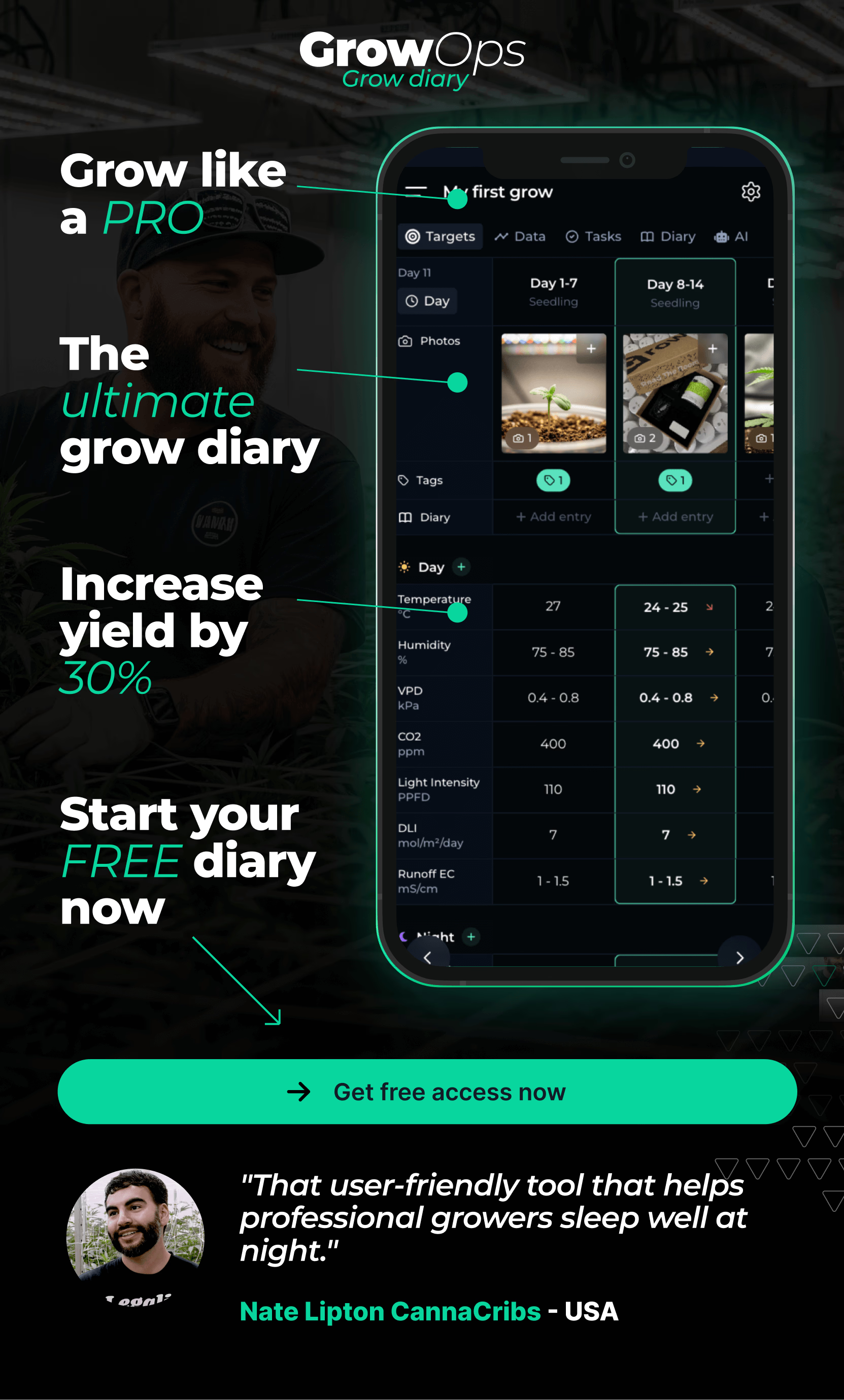
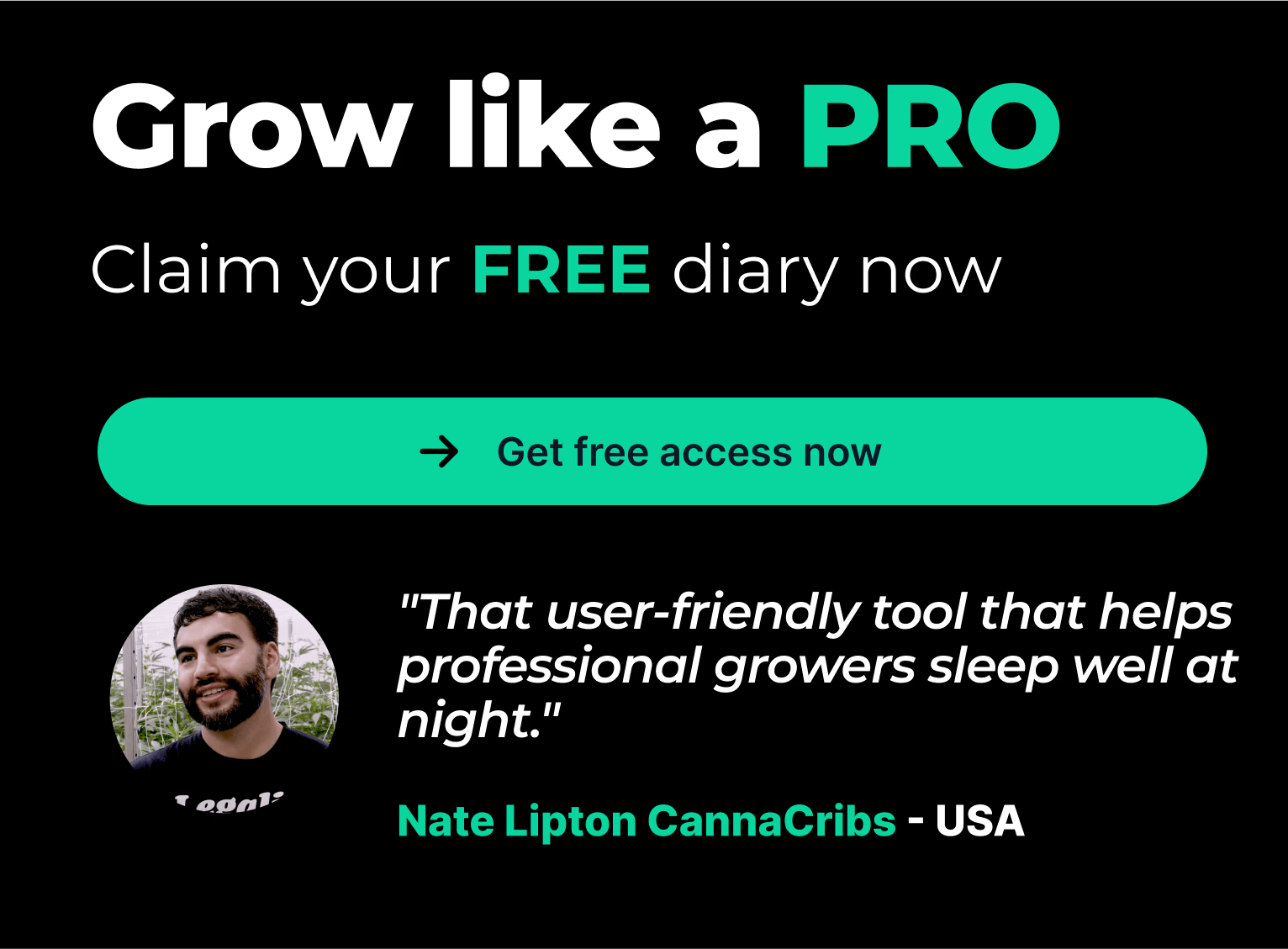



.avif)
